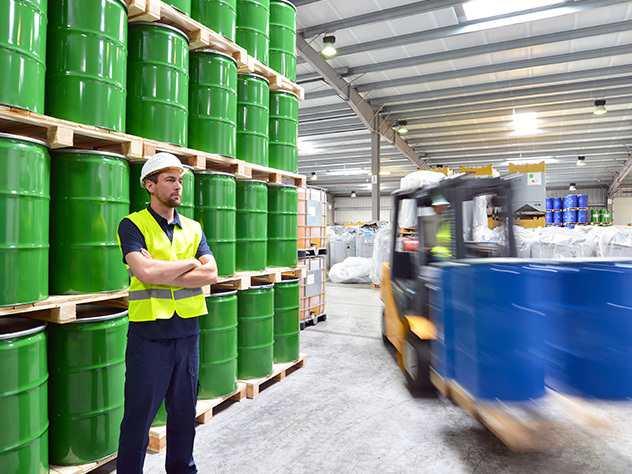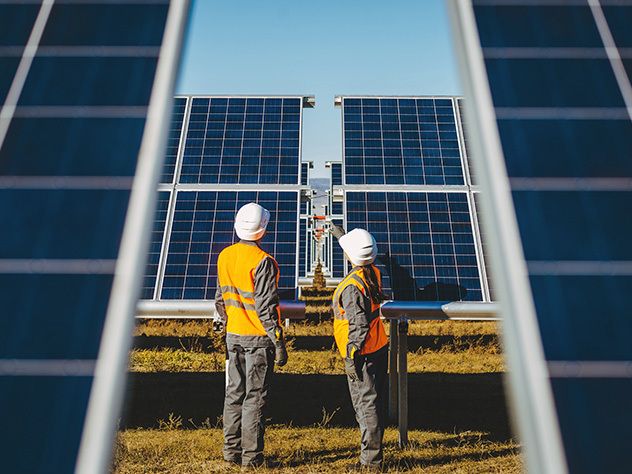Diversified transportation
From inverter sourcing to panel delivery and installation, transportation alone takes up a significant part of your budget. Conducting route analyses, re-considering container consolidations, and integrating a mix of transport modes are discussions points to take to your logistics provider to uncover costs better invested elsewhere.
Learn more about diversifying transportation:
- The sea-air logistics sweet spot
- All transport modes quote with myKN
Strategic storage and distribution
Conducting regular network analyses with your logistics provider might not be your most urgent priority, but it’s an optimization that can improve your overall operational costs. Your warehouse could be a dedicated solar distribution center (DC). Opting for key locations in California, Texas, New York, and Georgia—to name a few—brings you closer to solar hubs where more specialized facilities serve the broader renewables industry. For DCs, that means options like hazmat certifications, climate-controlled kitted facilities, or even dedicated solar fleets for specialized equipment.
Learn more about fulfillment strategies:
- At a glance: warehousing products and services
- The latest trends in fulfilment center automation
Optimized order management
Anyone can book a shipment, it’s the never-ending details and risk mitigation that eats away your time. No matter the size of your company, whether you’re in solar manufacturing, EPC, or distribution, end-to-end order management with a supply chain partner is an optimization that gives you back valuable time. This means having a partner that proactively follows up with carriers, escalations, bill of lading instructions, container allocation and other order processes. It’s finally checking the box of having end-to-end order visibility.
Learn more about order management:
- Simplify the day-to-day: efficient order management
- Order management for international supply chains
Customs filing and compliance
Regulatory changes in the solar cell market continually evolve. Understanding the implications of trade policies, tariffs, antidumping duties, and many other regulations protects you from being blindsided. Utilizing compliance consultancy saves valuable time for solar importers by having US-based experts ensuring the HS/HTS codes qualify, for example. Overall, diligent customs filing and compliance can differentiate your supply chain resiliency from the competition.
Emission reduction
Getting a handle on scope 3 emissions is not just about buying biofuel. Most solar companies don’t know where to begin in getting an overview on transportation emissions and potential opportunities for different modes of transport. seaexplorer gives you data on things like transport modes and CO2 emissions so you can identify savings, the speed of shipments, and the extent of your emissions. This data foundation as a system is a key optimization for emission reduction.
All five of these key areas are covered in Kuehne+Nagel’s service portfolio for solar logistics built for solar producers, OEMs, first & second tier suppliers, EPCs, as well as operations for solar residential projects, large scale commercial businesses, and capital investments.











